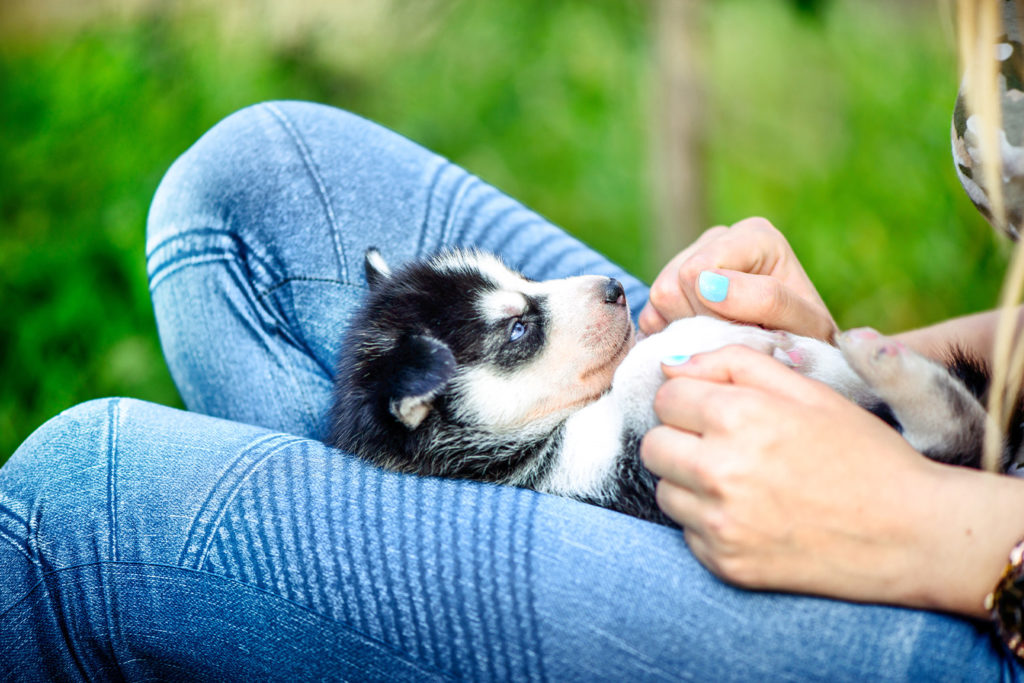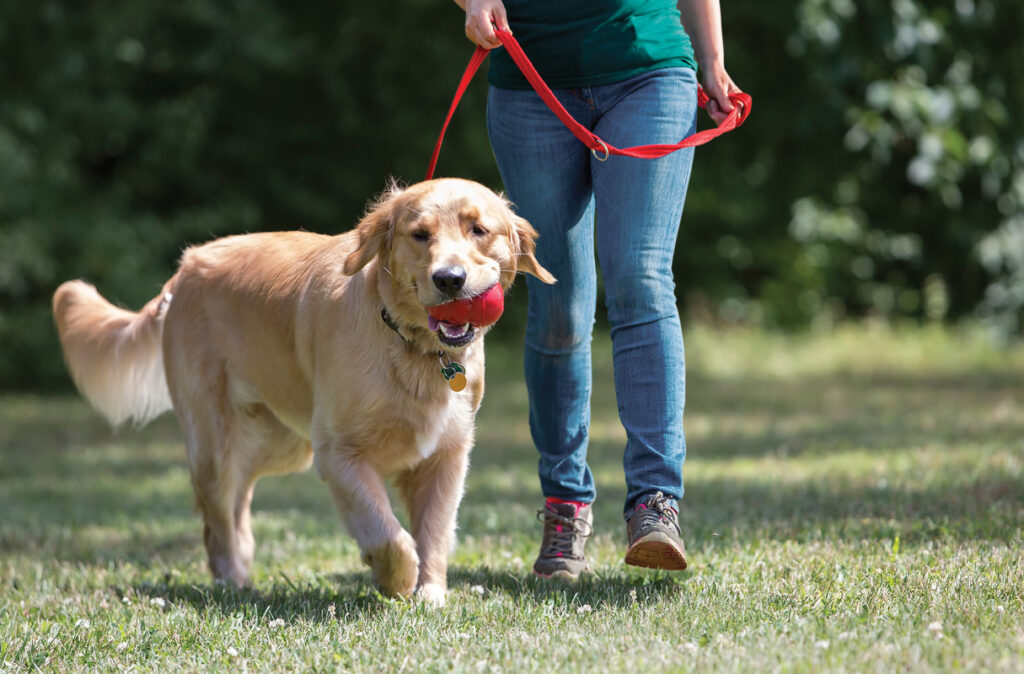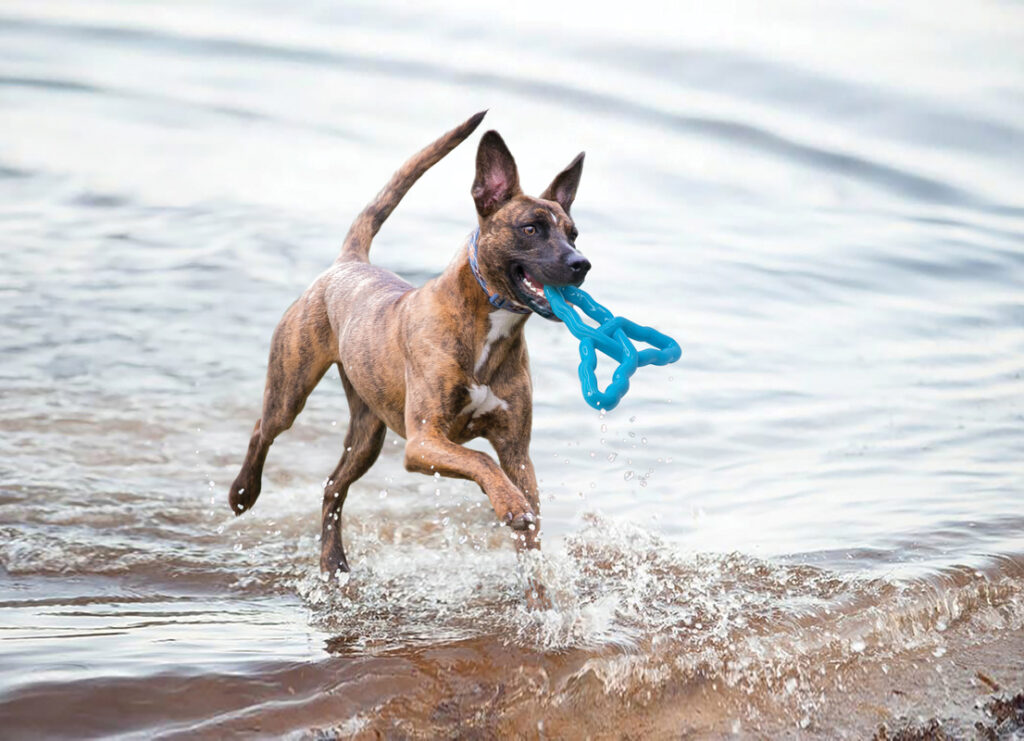Welcoming a puppy into your home is an incredibly joyful time. Similarly, preparing for your new puppy is also delightfully exciting.
Perhaps you are looking at pictures of puppies or forming cohesive shopping lists, including everything from food to water bowls to dog beds to nail clippers and more. No matter what your specific strategy is, there is so much to look forward to.
While the process should absolutely be a fun one, there are also some serious considerations. Make sure that you have a vet ready so that your new puppy will always be taken care of.
Not only will this veterinarian be immensely helpful should any questions or concerns regarding your puppy’s health arise, but they will also be able to provide a plethora of helpful advice. Even if you are convinced you are the first one to face a certain puppy problem, this is almost certainly not the case.
Continue reading everything you need to know about bringing a new puppy home.
Questions To Ask Yourself
Before finding the perfect dog to bring home, it is a worthwhile exercise to ask yourself a few questions. These questions can either be primarily about you or about your family’s lifestyle, depending on who your dog will be spending much of their time with.
When thinking about becoming a pet parent, ask yourself:
Key Lifestyle Questions
Are you an outdoorsy person? Are you looking for an adorable hiking buddy to take with you during your adventures through the wilderness? Or, do you prefer the simple pleasures of hanging out on the couch with a nice movie and want a dog to keep you company?
Consider your new dog’s desired energy level and what would best fit in with your life. From there, you can determine what possible breeds may work well for you.
Consider your resources and environment. Do you have a sizable yard or easy access to a park or doggy daycare? Your puppy should also be exposed to other dogs because puppyhood is a huge time for social development.
For breeds that are both full of energy and profoundly intelligent (as many puppies are), an abundance of space and stimulation is key to making sure their mischievousness stays adorable rather than destructive.
Is the length of your new puppy’s coat or fur important to you? Are you willing to exchange potential frequent grooming for a long, luscious coat that you can pet? Otherwise, would a short-haired dog be better for you?
Keep in mind that just because they have short hair does not mean that they will not shed; the hair itself will likely be easier to brush and manage.
What size of dog is best for you and your circumstances? While your German Shepherd puppy may be pint-sized now, that will not always be the case. What can you manage both in terms of your own personal preferences for walks, transport, and resources? The size of your home and backyard is imperative.
Our Care Squad and Ask Vet Community can weigh in on your questions about common dog breed traits and what to consider as you welcome the puppy of your dreams.
What You Need To Train Your Puppy
Now that you have realistically assessed what you are looking for in a canine companion, you are much further on your way to having a furry bundle of joy to keep you company.
Once you actually have your new furry family member, there are a variety of items that you will need to ensure the best results when it comes to training. Training your puppy is a crucial part of their puppyhood, as it will set them up for a fun and safe adulthood. The process of training also helps to instill trust in both you and your puppy, as well as to keep them mentally stimulated.
Here are some essentials that will help you get started on your puppy training journey:
A Crate
Picking the perfect crate for your new puppy goes far beyond just thinking about what might look best in your home. Crates are great for creating a safe space for your new best friend and for helping with potty training.
You should also consider their current size, the size that they will grow to as an adult, and what you are looking for in a crate (and dog bed). For instance, should it be portable? What would your dog find to be the most comfortable?
When it comes to the rewarding process of crate training your puppy, the more resources you have, the better.
Finding the Right Collar and Leash
Puppies have delicate necks, so traditional nylon collars are the softest and best way to train your new pup how to walk on a leash. Choke or pinch collars are not the way to go for young puppies.
Harnesses are ideal for protecting dogs’ throats. Front clip harnesses prevent pulling behaviors. Otherwise, most harnesses with the clip on the back actually give the dogs more power when pulling.
Choose a comfortable and appropriately sized collar that will not slip off. Also, make sure that you are able to insert two fingers under the collar while your puppy is wearing it. The collar should have identification tags with your puppy’s name on it and your phone number (and potentially the address of their new home). Even with a collar, a microchip is still necessary.
This will prevent the collar from being too tight. Meanwhile, a puppy’s leash should not be retractable. Retractable leashes usually extend from ten to 20 feet. With this kind of length, your puppy may run off to a point where you cannot control them and they could be at risk of injury. The best kind of leash is a flat nylon leash.
Household Cleaners
Where there are puppies, there will likely be some bathroom accidents. These are to be expected, so make sure to have an animal-safe enzyme-based household cleaner or spray at the ready.
Training Treats
These are small, low-calorie treats that are designed to be carried with you to reward your puppy quickly whenever they succeed at something—like going potty outside. Your dog trainer may be able to recommend certain brands.
What You Need To Keep Your Home Safe
One of the most important considerations when bringing home your new puppy is ensuring that your house is safe and ready for them.
Here are some best practices to make sure that your home is both welcoming and secure:
Install Child Safety Locks
Putting in child safety locks will help to keep your puppy out of dangerous materials or simply from accessing their treats when they are not supposed to. Install these locks on cabinets at their height for maximum effect.
Get Your Yard Ready
Puppies can get through anything, and that very much includes weak spots in fencing. Comb through your space. Make sure that your fences are thoroughly intact and that your yard is free of any plastic or pesticides.
Cover Electrical Cords
A variety of inexpensive cord organizers and cord covers are available to protect your puppy from chewing on dangerous electrical cords. Loose cords can pose a real threat to puppies and even older dogs.
Other Items You Will Need
High-Quality Dog Food
Your puppy is going to grow before your very eyes, and they need the right fuel to do it. If you are not sure what kind of food would be best for your dog or how much to feed them, their vet is sure to have a plethora of helpful advice. Keep in mind that puppy food is different from adult dog food. Look for food high in protein and low in fillers.
Medical Records
Whether you adopt your new puppy from the local animal shelter or purchase a puppy from a breeder, make sure to obtain your pup’s medical records. These forms will be immensely helpful for both you and your dog’s veterinarian at the first check-up.
Ask your vet about supplements, flea prevention, and what toothpaste/dental care is best for your pet.
Puppy Toys
Now that all of the serious stuff is out of the way, it is time to have some fun with your new pet! Puppies are incredibly playful, so get them a variety of toys to choose from. Choose toys that are large enough that they don’t pose a choking hazard but are still soft enough for puppy teeth to handle. Depending on your dog, they may prefer rubber chew toys, puzzle toys, or soft plush ones.
Their Perfect Forever Home
Puppies are rambunctious and do not always operate on a set schedule (at least until later in their training process). No matter what stage of your pet’s life, you should always be in touch with a vet. Veterinarians are specially trained to understand and help you through the ins and outs of puppyhood, so never hesitate to reach out when you have questions.
As a pet owner, you may want the help of a vet at different hours of the day. Luckily, the veterinarians from AskVet in the KONG Club app are ready to answer your questions whenever you need them at any time of the day or night.
While some items you need to prepare for your furry friend’s arrival may seem simple or like no-brainers, it can be easy to accidentally overlook certain necessities once the ball gets rolling. (Oh, speaking of, you will probably want to get your new puppy some balls to fetch.)
By following these tips, and the ones laid out by your puppy’s veterinarian, you are sure to create the perfect forever home for your new pet in no time.
Sources:



